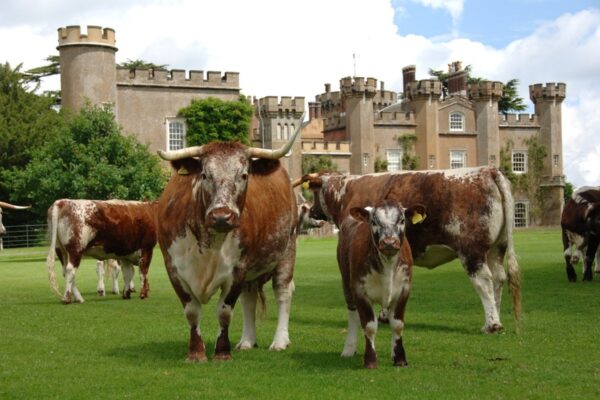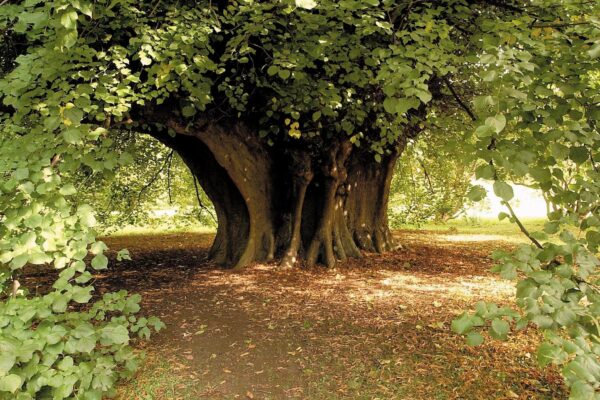Building on the Past: Repair, Restoration and Reuse
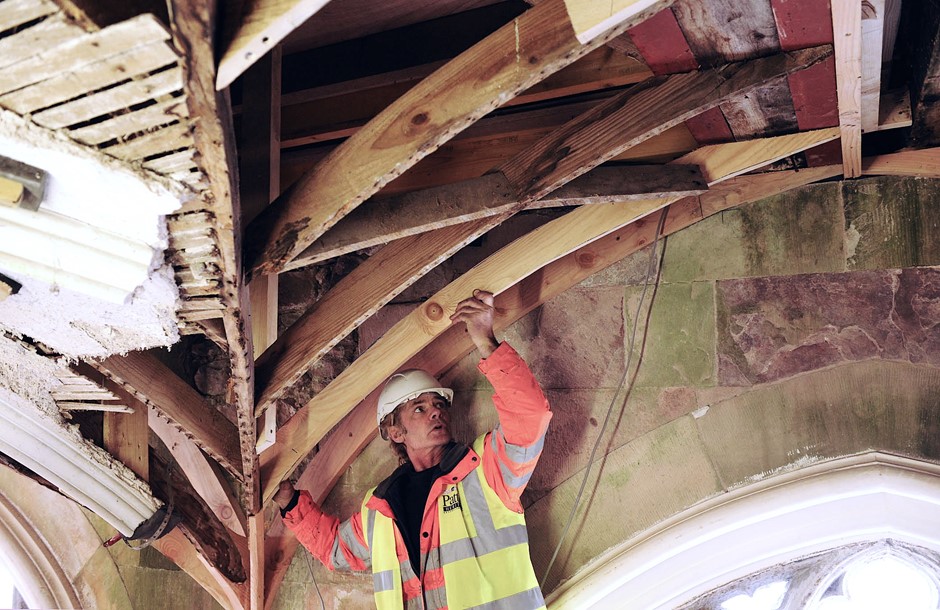
Historically, rural communities were largely self-sufficient, underpinned by a thriving agriculture industry and well populated by local businesses and public amenities. Today, limited employment prospects and lack of investment pose serious threats to fragile rural economies, despite the significant potential for regeneration these places hold. Many historic houses are now working hard to revive rural prosperity in their communities by restoring and repurposing their unused historic buildings. This helps to generate employment opportunities and boost local supply chains, whilst providing local businesses premises, rural housing options and diverse spaces for community groups and charities. The ability to efficiently and sensitively adapt these buildings to new economically viable uses is vital to rural prosperity, providing a sustainable solution to the need for new living, working and leisure spaces.
The Building Better, Building Beautiful Commission recognised the restoration of existing buildings as a keystone principle in their final report, concluding that building upon existing foundations and preserving local character is much more beneficial to local economies than tearing down buildings and replacing them. Historic England’s 2020 ‘Heritage and Society’ report also found that investment in the revitalisation of historic buildings in towns and villages contributes to higher life satisfaction of residents, reduces antisocial behaviour, and boosts social cohesion.
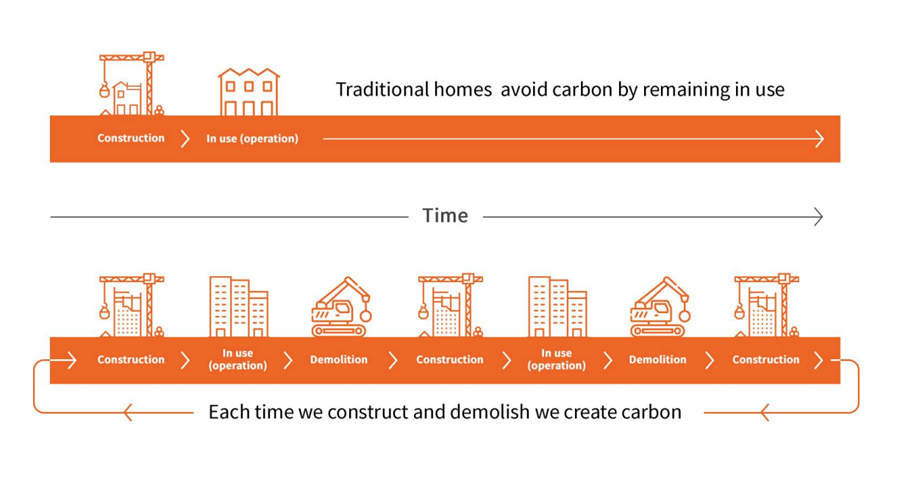
Investment in restoring and adapting rural traditional buildings doesn’t just make communities more beautiful and economically sustainable, it has significant environmental benefits over new build. Heritage Counts 2021, published this week, proved that recycling and retrofitting buildings is far more sustainable than demolishing them and starting afresh. It is estimated that the carbon embodied in new build houses can account for more than 50 per cent of their lifetime greenhouse gas emissions – which means that before a house has ever been lived in, its carbon emissions are already greater than the emissions needed to heat the house for the rest of its life.
Refurbishing an old building only releases one tenth of the carbon emissions of building a new one – and even if the new house had the highest-spec energy efficiency measures available, it would take 100 years to catch up with the lower emissions of the old house. Despite these benefits, is the repair, maintenance and alteration of historic buildings is currently charged at 20% VAT, whilst new build is zero-rated. Equalising this discrepancy – something we and others in the sector have been calling on Government to deliver for years – would incentivise the restoration of existing buildings rather than demolishing them, and further boost rural construction supply chains while creating demand for conservation skills.

Industrial heritage buildings have recently been identified as ideal living and working spaces which are primed for renovation, with large windows and open-plan interiors that can easily be adapted to a variety of uses. It is estimated that there are over 2,400 underused or vacant mills in the North West alone, which if refurbished could provide over 52,000 new low-carbon homes. A YouGov survey recently found that 91% of respondents supported this incentive, with 85% stating they do not want to see historic mills demolished and replaced.
The restoration of Granary Square in Kings Cross, the Halifax Piece Hall Halifax and the Shrewsbury Flaxmill all stand testament to the success and popularity of historic regeneration schemes. These once-derelict former industrial sites will now provide high quality homes, shops, restaurants and public spaces which reflect the historic character of their environment.
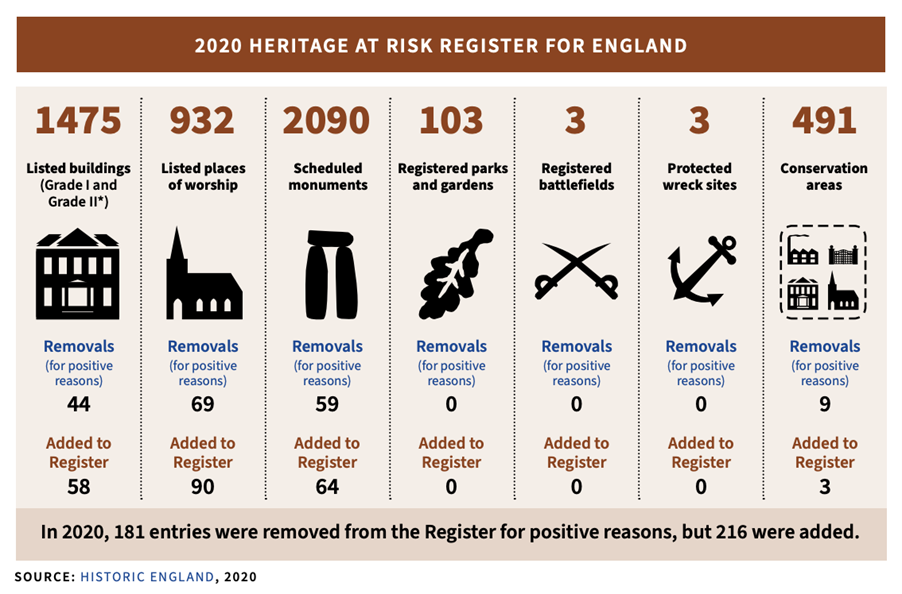
In 2020, there were still over 5,073 designated heritage assets on the Heritage at Risk register, each representing unrealised opportunities for new businesses and homes. In rural settings, these assets are more likely to be redundant agricultural buildings, mills, stables, or vacant churches. These buildings similarly have enormous potential to provide vibrant and characterful spaces for local businesses and amenities, and many of our member houses have invested in such regeneration schemes in their localities.
Blenheim Estate are working with their local community in Woodstock to support restoration projects in local churches and schools, and have set up an investment fund for local businesses in the village. Broughton Hall in Yorkshire have created a rural business park on their estate by sensitively adapting historic coach houses, barns and farm cottages into office, conference and workshop spaces. The business park is home to more than 50 SMEs which employ over 600 local people, ranging from digital start-ups to a live entertainment company. Alongside these large-scale schemes, many of our member houses have restored unused stables, dairies and barns into thriving tea rooms, farm shops, gift shops and holiday accommodation, which also provide local employment and boost secondary spending in the local economy.
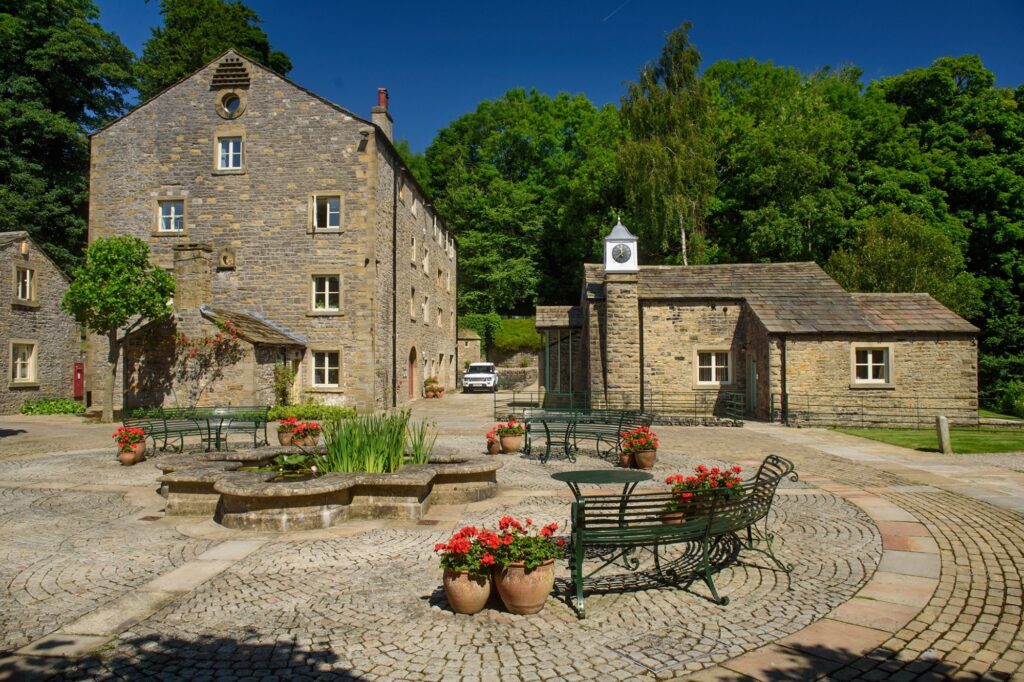
Evidently, planning for the future requires us to build upon the past, and to prioritise repair over an impulse to demolish and start again. We need to recognise the value of restoring and adapting traditional buildings to preserve local architectural styles and a sense of place, championing the individual character and historic identities of rural communities. To do this, it is crucial that our planning system incentivises and enables the repair and restoration of heritage assets, allowing historic buildings to demonstrate their significant value once more.
“Heritage has great untapped potential. It represents an important echo of our past but is also a vital part of our emerging, sustainable future… Heritage in this way can be a source of sustainability, a way to embed growth in the fabric of society, and to celebrate the past in today’s evolving world.”
– Heritage Counts 2020
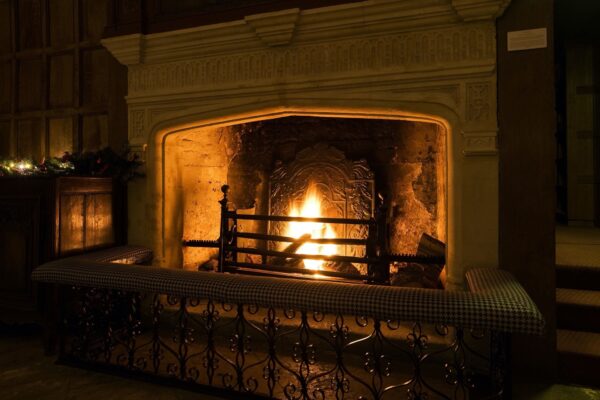
Lessons from our Net Zero Past
Despite being indispensable to us today, central heating and electricity are still relatively recent inventions. For most of history, and especially in rural areas, communities were self-sufficient and relied on local resources.

